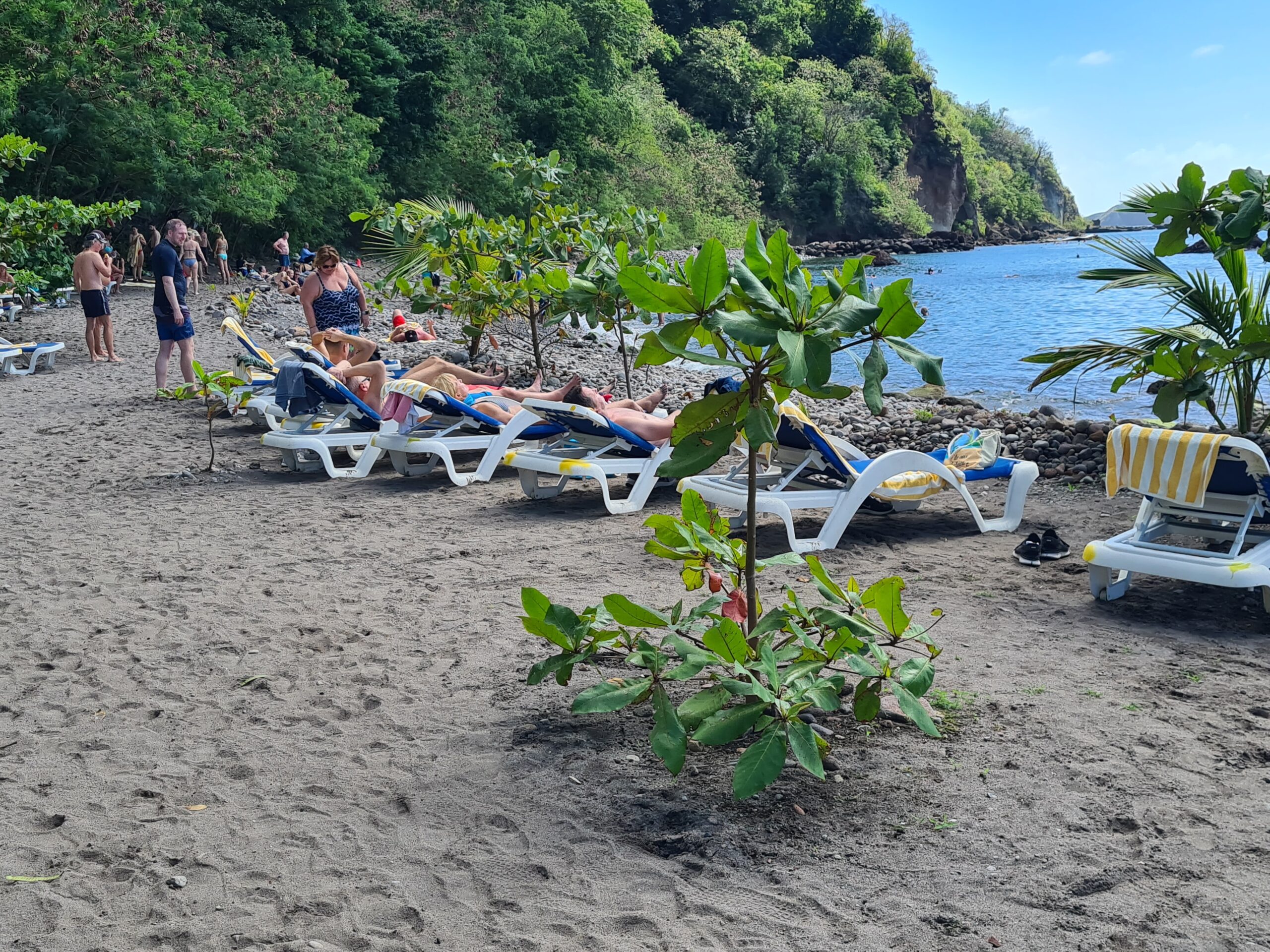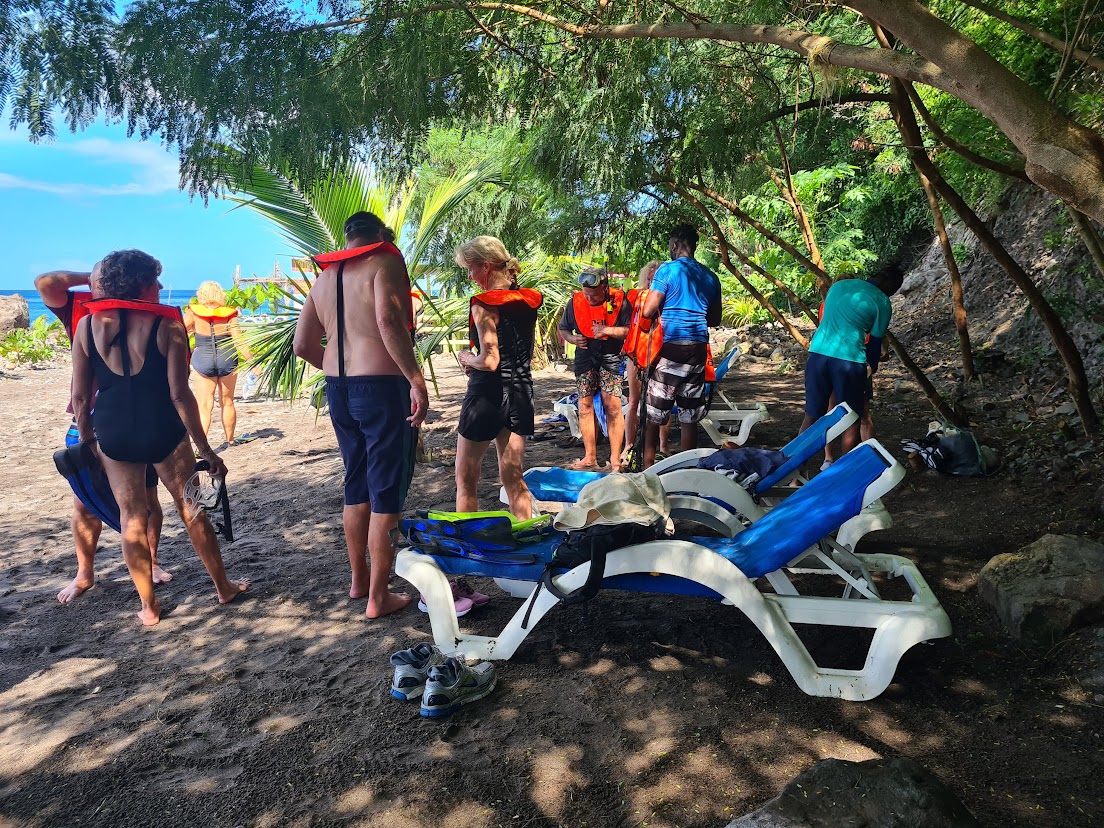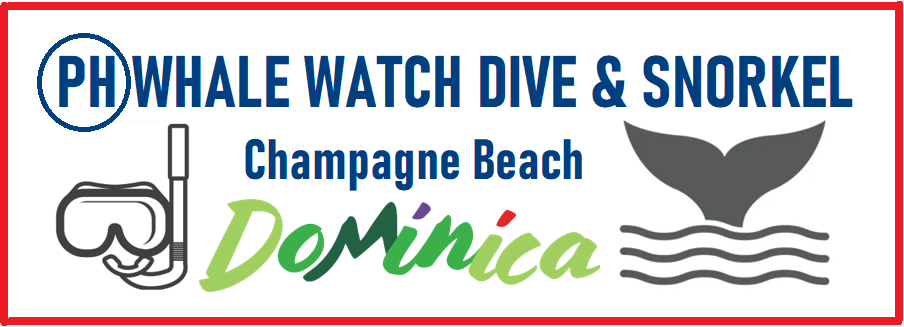
Risks of Snorkeling With a Full Face Mask
FULL FACE SNORKELING MASKS NOT RECOMMANDED BY PH WHALE WATCH DIVE AND SNORKEL.
FULL FACE SNORKEL MASKS have become popular over the last few years, yet there are many safety and general experience issues that snorkelers should be aware of.
One observation that should be made is that very few experienced and dedicated snorkelers use full face masks. Simply put, enthusiasts that know and spend time in the water do not use full face masks.
Full face masks unfortunately tend to appeal to beginning snorkelers, who also tend to be less able than proficient snorkelers to recognize and respond to the many potential problems that may occur.
Also a lot of elderly people (a lot with health issues) are sending by the cruise ships for a snorkeling tour. For this group of people Full Face masks can lead to unconsciousness and deadly accidents when breathing to fast when sea conditions are rough or because of bad shape and overweight. Or when diving down with this type of mask. You cant equalize and the pressure in the mask increases when diving down, which is very dangerous.
On average, 17 people die each year in Hawaii while snorkeling. A full-face snorkel mask is at the center of one theory about the rise in deadly incidents.
For this reason:
- We have no Full Face Mask for rent
- If you prefer a to do our Tour with a Full Face Mask. You First will get an interview about healthy conditions. After we will deceide if you can do the Tour. And we will inform you about the Risks.
- All Snorkelers have to sign our Liability Form
Safety Concerns and Other Considerations
CO2 Build Up
The primary and overriding concern with full face masks is CO2 build up in the mask. Humans exhale carbon dioxide (CO2) when they breathe, and this CO2 can collect in the voids inside the mask when being used in the water. When CO2 levels increase in the mask, (for example when heavy physical exertion),users may experience headaches, panic, dizziness, and unconsciousness, which of course can be life-threatening when experienced in the water!. Due to the large volume of space in the mask, the typical human lungs are unable to circulate all air through the mask and prevent CO2 from accumulating. In contrast, a traditional snorkel only has a smaller breathing tube with a much lower volume, which is consequently easier to purge.
Some full face mask manufacturers state that their masks are not intended for “exercise”, yet any snorkeler entering the ocean should understand that there’s a reasonable chance of strenuous activity.
Some full face masks have – way valves between some of the chambers and spaces in the mask, which do help to facilitate air circulation through the mask, yet such valves may not work correctly, or simply not be sufficient.
Mask fogging, and the user hyperventilating, are two signs that there may be a buildup of CO2 in the mask.
Unlike nearly all other types of respirators, scuba gear, and breathing masks, there are generally no established standards for full face snorkel masks. Adding to the complexity is the significant number of full face mask manufacturers, all with their different variations which may appear to be minor, yet may cause issues. Just because a certain and good condition variant of a full face mask may not have high levels of CO2 concentration during use doesn’t mean that another that appears similar will work correctly.
Difficulty of Diving down.
Most beginning and causal snorkelers won’t initially care, yet another negative is that it’s not feasible to dive down or free dive while wearing a full face mask due to the near impossibility of equalizing the volume in the mask as one descends.
As water depth increases, pressure likewise increases, and it’s necessary to equalize the air in the sinus cavity and in the mask to avoid discomfort and possible sinus or ear damage. With traditional snorkel masks, this is easy to do because of the low volume of air trapped in the mask. With a full face mask, there’s too much volume in the mask, and snorkelers are likewise unable to pinch their nostrils to aid in equalizing the sinus cavity, which is a common technique with traditional masks.
Clearing Water
Another significant problem with full face masks is that it’s extremely difficult for non-proficient snorkelers to clear water or fog from the mask.
Many full face mask makers advertise that their mask won’t fog or leak, yet that’s generally a lie, and only accurate with a perfectly fitting mask in ideal conditions.
When water does get in a full face mask, you typically have to take the mask off to drain it, and then replace it, which is almost impossible for the casual snorkeler to do in open water. This is difficult due to two reasons: the necessity that one keeps their head fully out of the water during the process, and the fact that full face masks have a tighter fitting and more elaborate strap system, which is harder to get on and off.
With a traditional snorkel mask, it’s much easier to remove and replace the mask in open water, and water and fog can be cleared in the water and underwater with the mask on with an easy to learn method.
A False Sense of Security
Yet another major issue with full face masks that may not be initially apparent is the buoyancy that the mask provides to a user’s head. In normal situations with the mask functioning correctly, this added buoyancy makes it easier to swim and keep your head out above the water, but it provides a false sense of security. If and when the mask leaks or lets in water, that buoyancy is gone, which can be a nasty surprise for those uncertain in the water.
Wide Angle of View
One aspect of a full face mask that may be considered either a pro or con depending on personal preference is the wider angle of view over traditional snorkel masks. Generally, the wider angle of view sounds like a good thing, yet it’s actually harder to see the smaller animals and details, as the dome that surrounds the user’s face effectively decreases magnification by about a third.
Extra Considerations
Snorkel belts or vests should be worn when snorkeling, especially by beginning snorkelers and those who may not be physically fit. Such flotation devices provide additional buoyancy, and help snorkelers to float, which makes it much easier to clear and refit masks when in the ocean. Only experienced snorkelers in good health who like to free dive can snorkel without a floating device after an interview with his tour guide in which it is clear the person is fit and has experience to do so.
There’s a wide selection of full face masks available for sale. Some of the advocates of the masks from the original developers such as Tribord and Ocean Reef claim that these originals have been extensively tested, and likewise claim that the less expensive and more recent additions on the market from some other competitors don’t have the necessary testing and product details that ensure that CO2 doesn’t accumulate.
What to Look a good Snorkel Mask
Finding the right snorkel equipment is essential to having a fun, safe, and comfortable underwater experience. The most critical aspect is proper fitment. Most persons will not be best served by purchasing one of the blister pack snorkel sets (often “one size fits all”, which are too large for most) that are common at the larger grocery and retail stores.
Generally, it’s best to visit a dive or water sports shop that maintains a selection of masks, snorkels, and fins, and that has someone who can advise on fitment. Masks should seal well enough that they could be used without a strap, and snorkel tubes should be roughly matched to the user’s size to ensure that CO2 doesn’t build up in the tube.
Fins
Proper fins also make a big difference. The fins included in most kits are too small, and typically not rigid enough for their size. Many snorkelers often refuse to put on fins. Without fins you have to make a higher effort. This in combination with a full face mask makes it extra dangerous because CO2 builds up even faster, which can lead to unconsciousness.

Bericht 1
Pellentesque quis dictum dolor no elementum quam. Duis fermentum tellus magna, in placerat risus pulvinar. Orci varius natoque penatibus magnis dis parturient monte nascetur ridiculus mus. Praesent volutpat rhoncus ante eu elementum. Nunc cursus pretium ante.
Suspendisse gravida venenatis congue. Sed ut cursus mauris, quis scelerisque nulla. In pretium turpis sed lectus facilisis auscipit pellent esque ligula dapibus. Nullam at tellus volutpat pharetra justo sodales eros.


